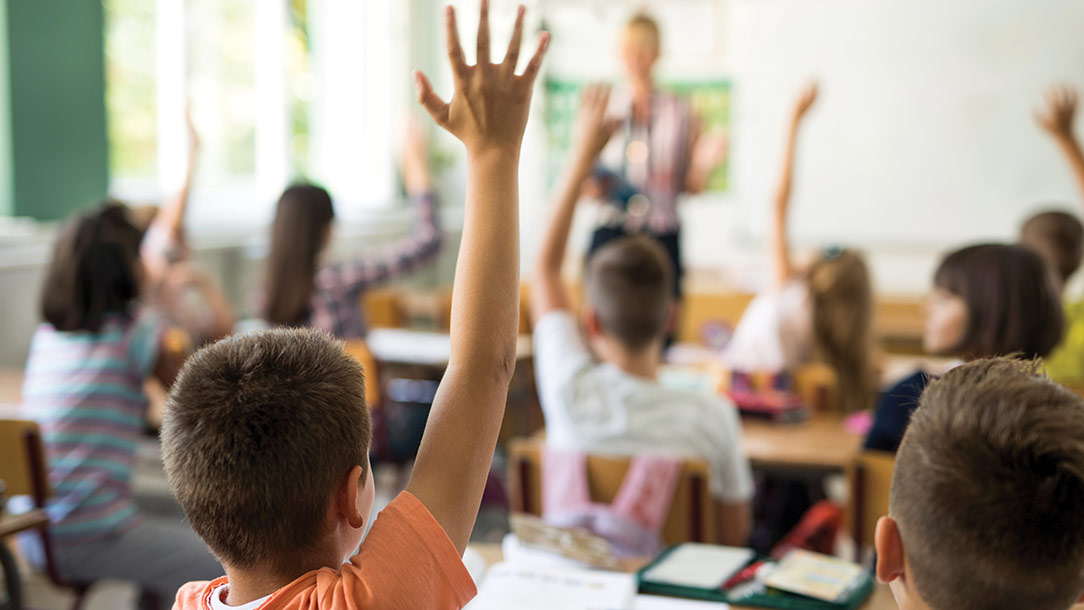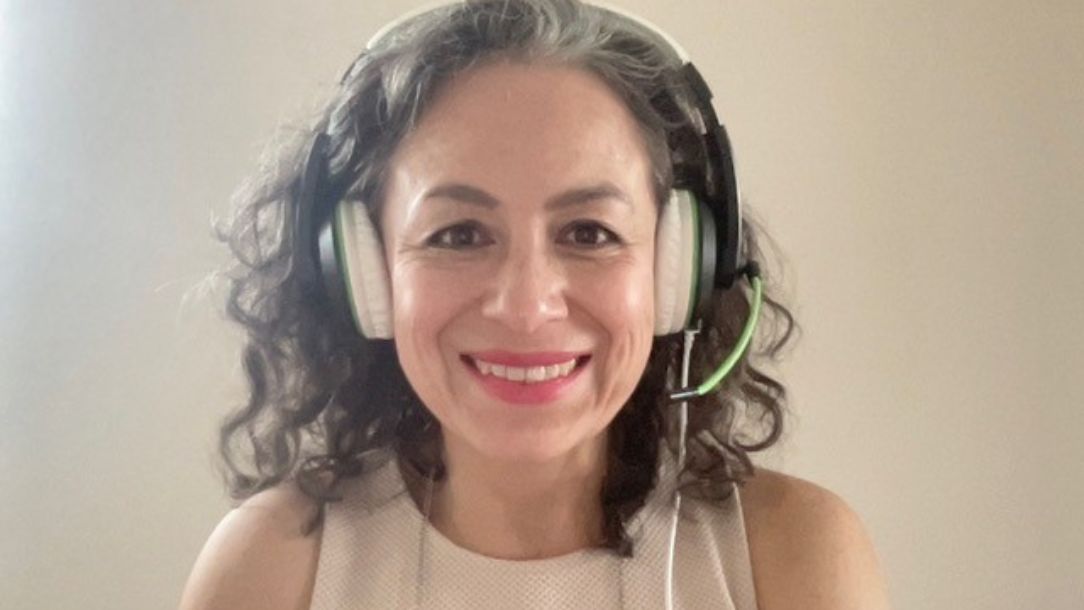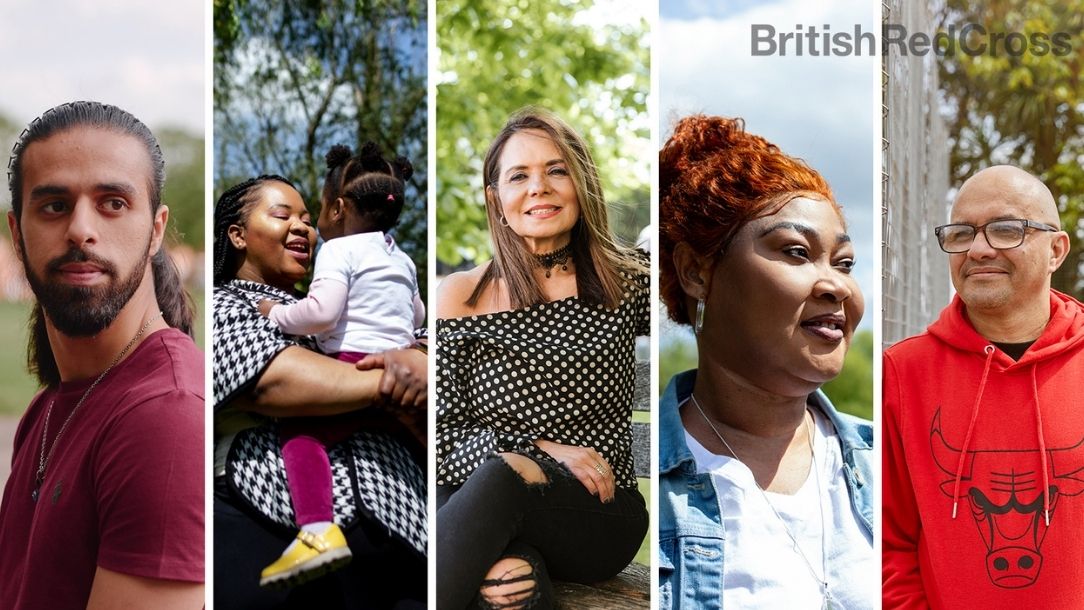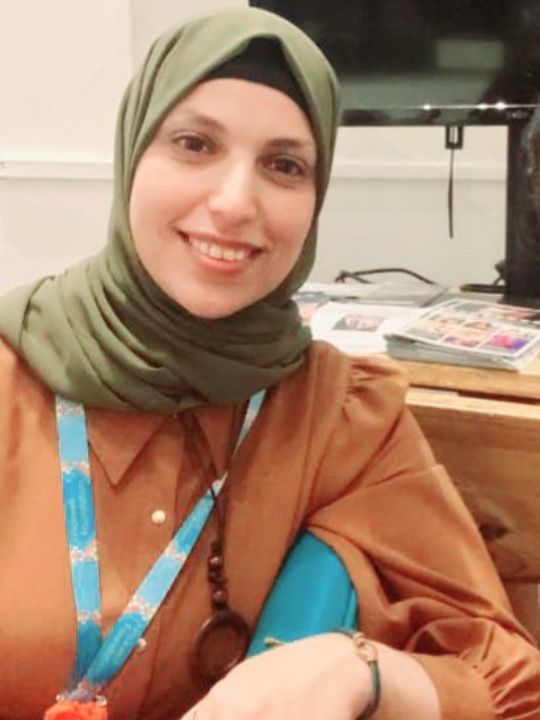
Guest blog by British Red Cross
Children are asking more and more questions about refugees and asylum seekers. But where to start with such a complex topic?
For many children in British classrooms, relating to the devastating experiences faced by refugees can be difficult. It’s just so different to their world. But rolling news and social media mean that more young people are aware of what’s going on than ever before.
With an estimated 114 million people now displaced worldwide, the conversation around refugees has become more heightened – and more charged.
According to British Red Cross research, children are asking more and more questions about refugees, at home and at school. And just over half of primary school teachers felt worried about answering them.
“It can be a can of worms,” admits Teacher, Flora Lawrenson, from Fircroft Primary School.
“When having discussions about refugees and their experiences, it definitely requires the right structure.”
To create a talking point for parents and teachers, the British Red Cross has created a new migration teaching resource. It includes a short animation to help children develop empathy and understanding towards people who have fled their countries.
Our new film, co-produced with ambassadors from the independent VOICES network, is part of a suite of educational material on migration and displacement. View migration resources
The emotive film explores the concept of ‘our home’ by telling the story of a family of birds. As conflict grows around their nest, one of the birds becomes injured and the family are forced to cross land and sea to safety.
After a period of adjustment, they find acceptance and kindness from the native birds in their new country.
Best of all, the film – called Leaving home: a story of migration – was shaped, voiced and co-produced by the people who know what that’s like – ambassadors from the VOICES network.
Claudia, an ambassador from the VOICES network, co-produced our teaching resource and animation.

Claudia Palacios Ávila, a VOICES Ambassador from Colombia, was involved in making the film and firmly believes that children are agents for change.
“Young generations are naturally open to new things, they can teach us they have more compassion than we might think they are capable of. The more we are open and the more we put into practice the materials, the more great opportunities to be vocal and to create a more compassionate environment.”
‘Humbled’ to be involved in shaping the teaching resource, Claudia says that her contribution brought her to tears, communicating a universal truth that we can all relate to:
“It drives home how we all treasure our lives, our loved ones, our dreams. I hope this inspires the spirit of cooperation within communities in a very simple, compassionate way.”
The VOICES network is made up of people with lived experience of migration and displacement. Their valuable insights help shape our work.


Khadeja, one of the VOICES ambassadors who co-produced our ‘Understanding people’s experience of migration’ resource and animation.
Khadeja, originally from Syria, co-produced and voiced the film. Like Claudia, she believes that children have the potential for great empathy and will grow up with ‘the right ideas about asylum seekers’.
“These children have had no wars, no bombs, have had safety luckily. Whereas other people, they haven’t had food or a nice place to live or a blanket to be a warm. It’s really good for children to think about another side of life. They have nice hearts and will build the future for the country, for the community.”
Anxiety in children at a record high
The teaching resource has been well received. Amy Whittaker, an English teacher from Darlington, was moved by the animation and praised the teachers’ notes which came with it.
She welcomed the opportunity to discuss such a complex issues in a structured way, to foster compassion towards refugees and asylum seekers but also to build resilience in her own students.
Recent research from a higher education development group, found that anxiety in children is at an all-time high.
Along with migration and displacement, the Covid-19 pandemic, conflicts in Ukraine, Israel, Gaza and the West Bank, the cost-of living crisis and climate change were partly to blame.
Yet some teachers have avoided discussing these topics altogether, worried about saying the wrong thing and exacerbating the problem. There was also some concern that conflicting viewpoints in the classroom would create tension.
It’s good to talk
However, the report also found that the ‘social conscience’ of many schools remains high, and that where educational tools were used, any tension around these issues were diffused. Not only that, they believed that having these discussions boosted mental health and resilience in their students. And in some cases, children got involved with fundraising activities and local social projects after discussing these topics further, benefitting the community too.
Alex Fraser, Director of Refugee Support and Restoring Family Links, British Red Cross said:
“Dedicating time to talk to young people can help ease their worries, build empathy for others and help create a safe space to learn about what is a very unsettling time for everyone. It is vital to keep shining a spotlight on the importance of making Britain a place that is kind and compassionate to people who seek refuge here. We want to ensure that our next generation grows up with kindness at the heart of everything they do.”
British Red Cross teaching resources
If you think our educational resources could help you in the classroom, you can find a range of them here.
Our free resources include: